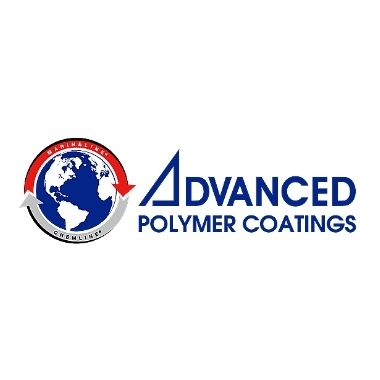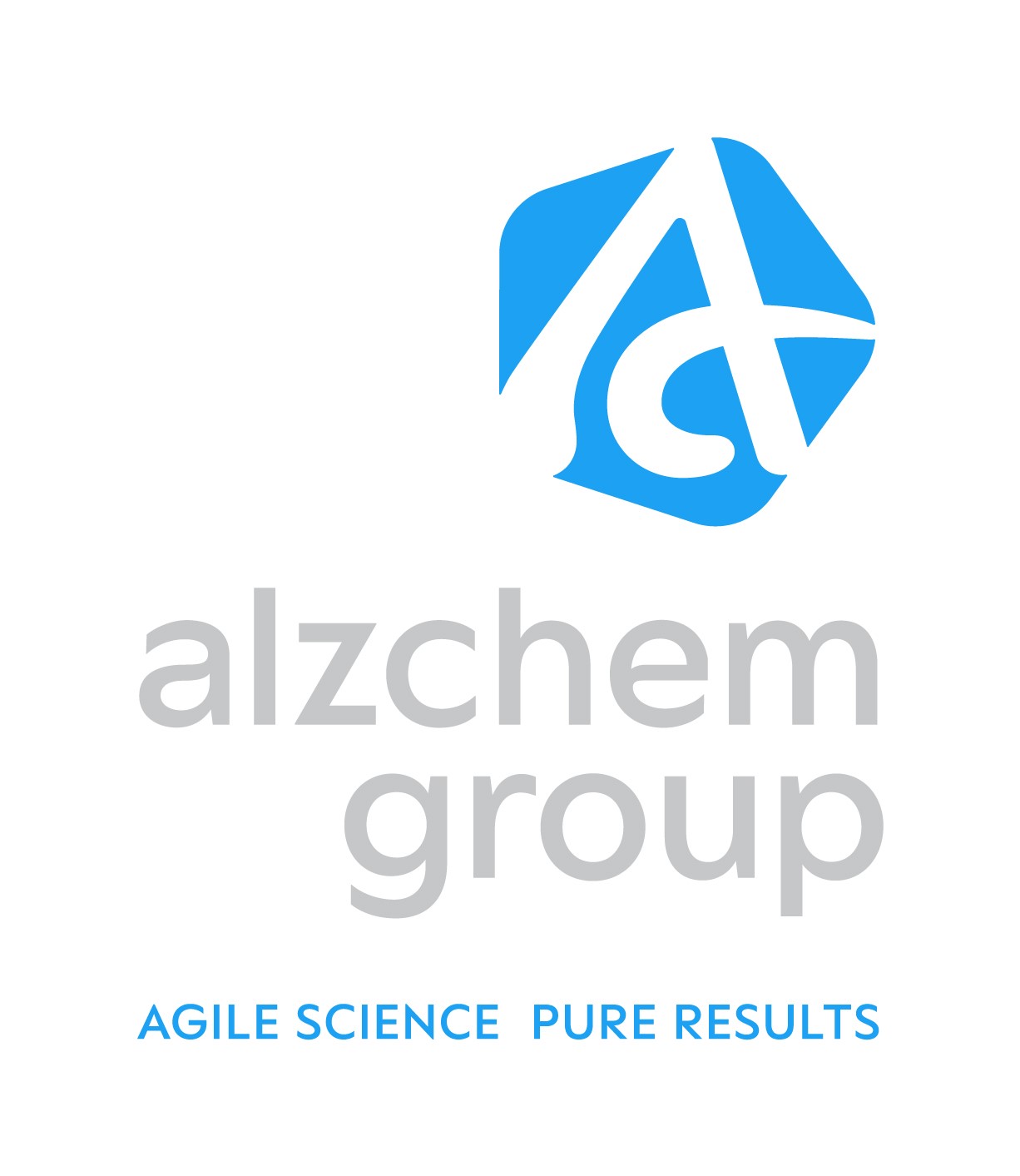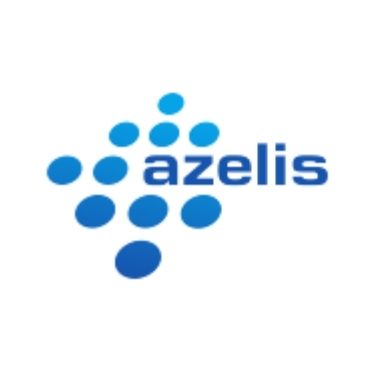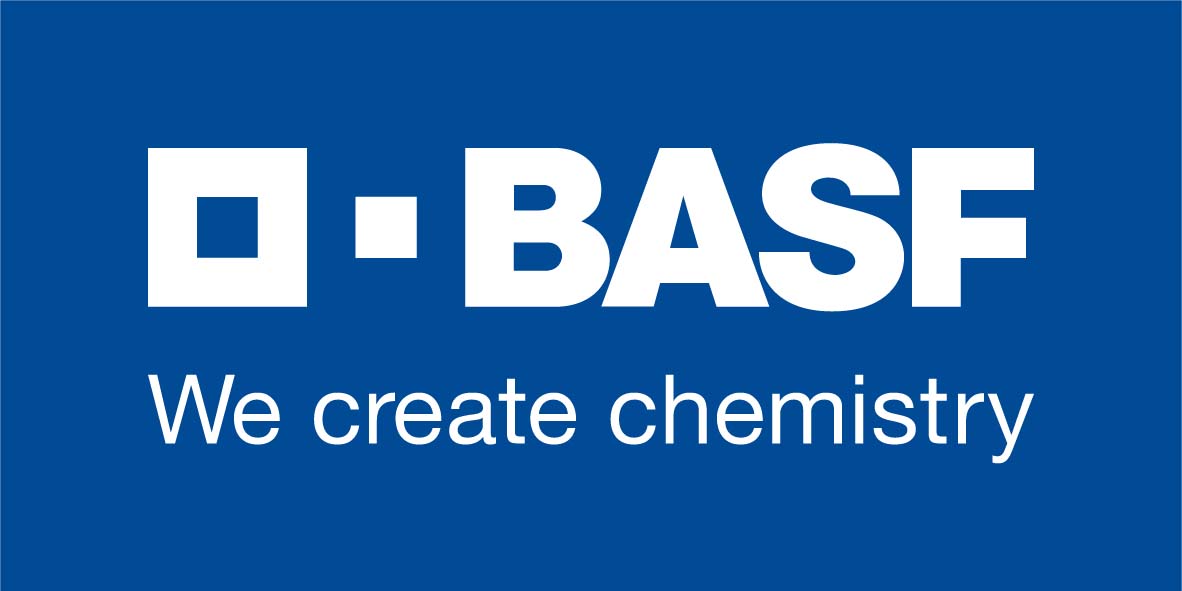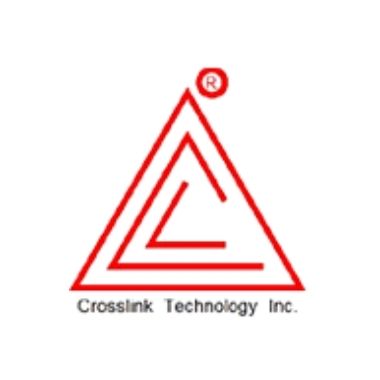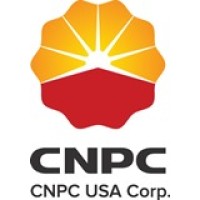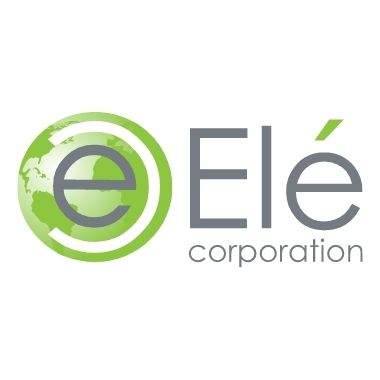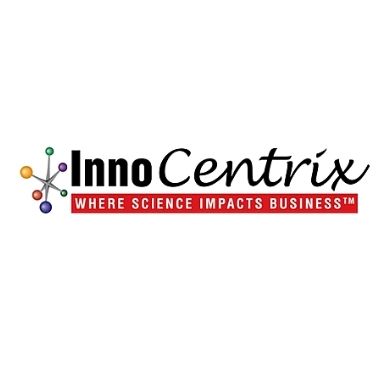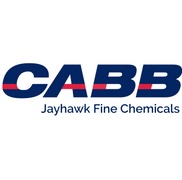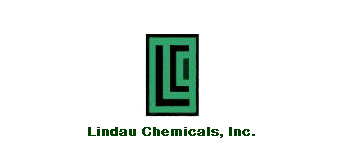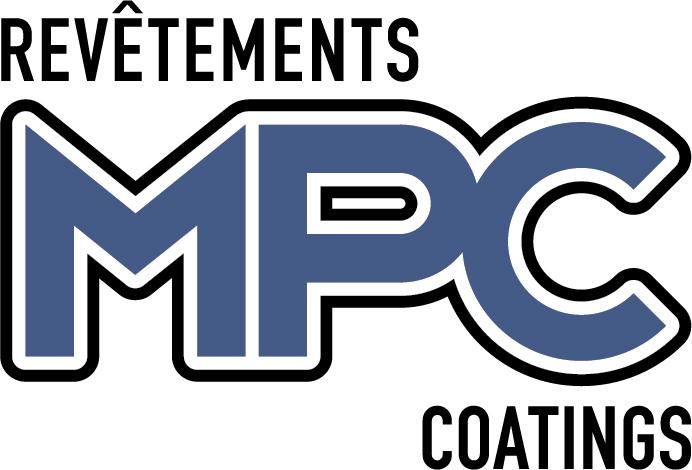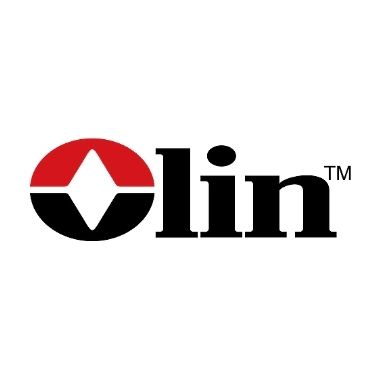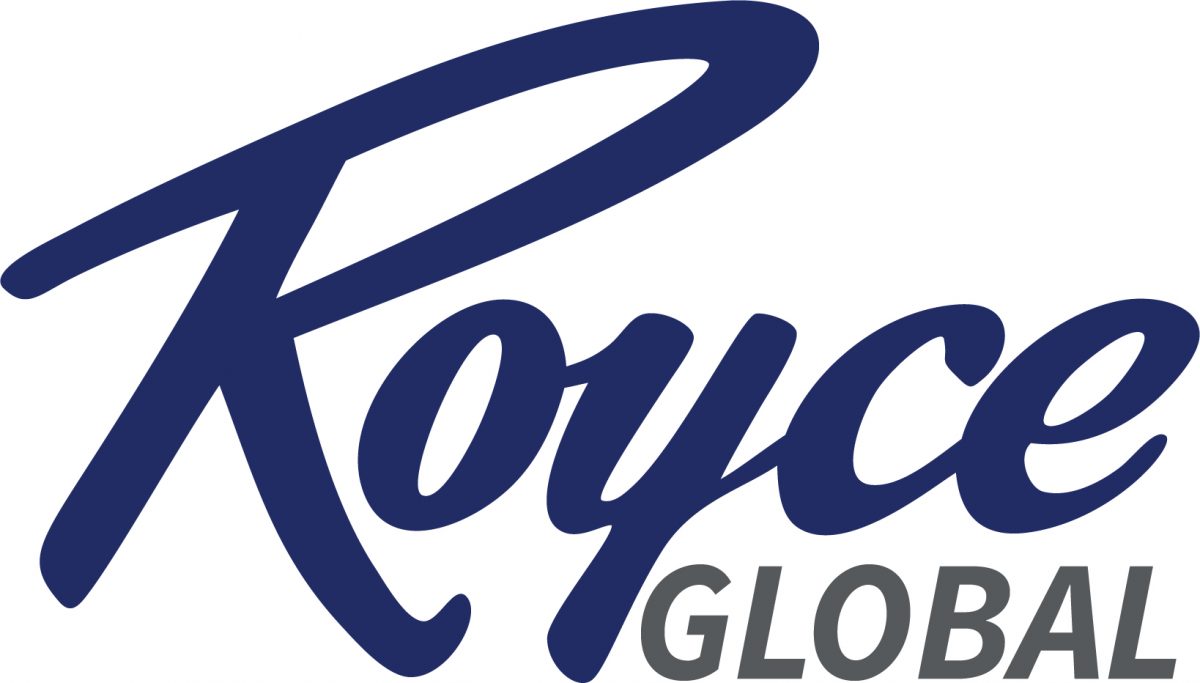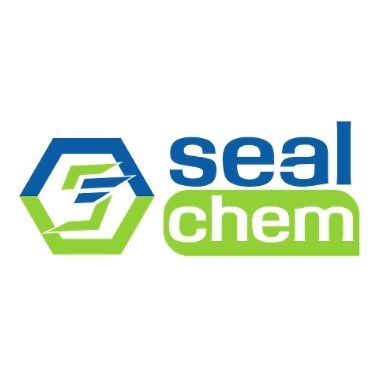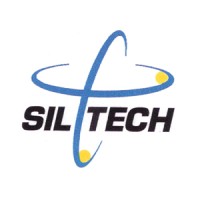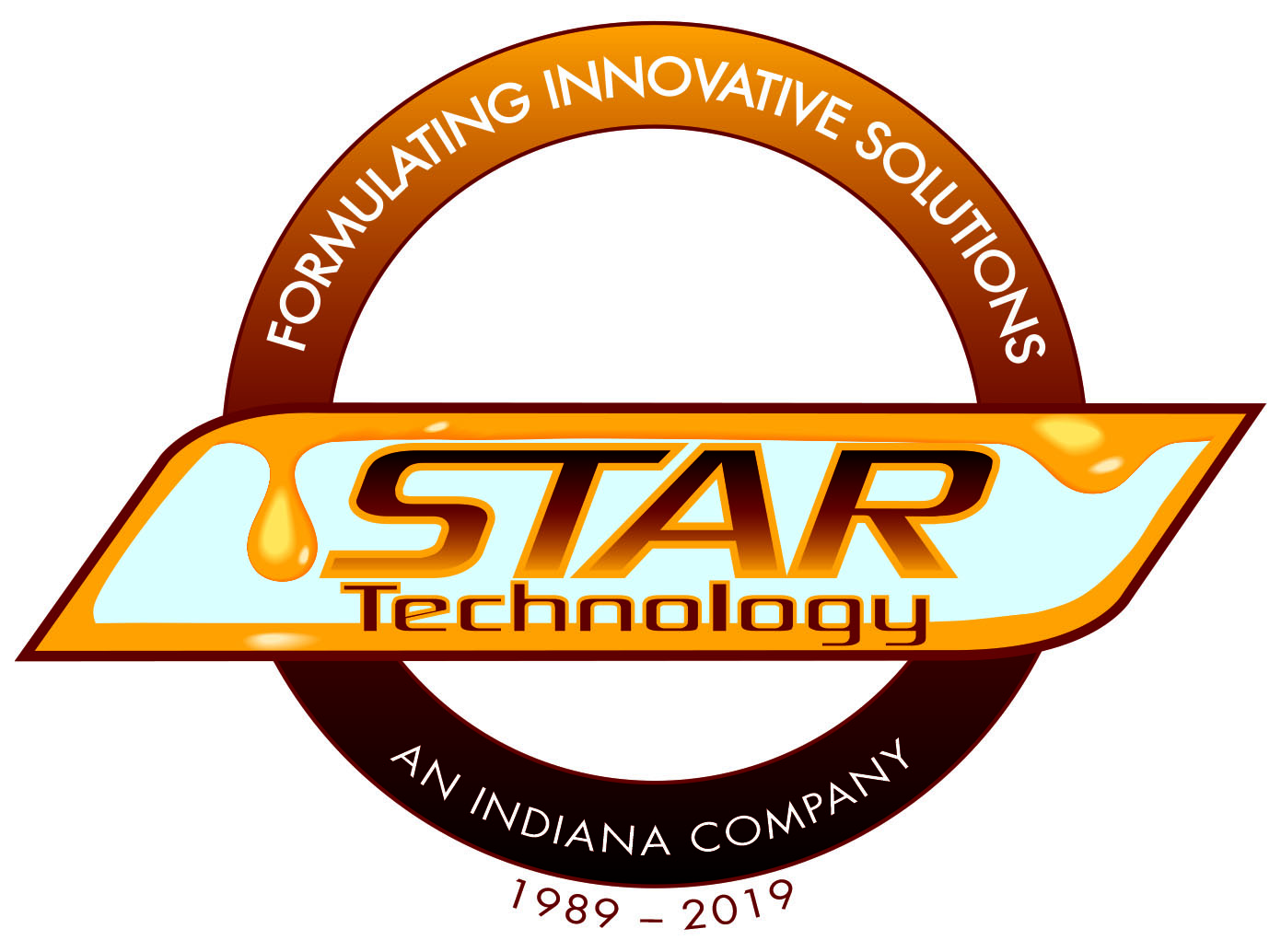2024 Annual Meeting Technical PapersTechnical Paper presentations are essential to achieving one of the association's key objectives, which is to be "the premier forum to interact and exchange knowledge among formulators and suppliers." The 2024 Meeting includes presentations from each of TRFA's Market Focused Committees. To access Technical Paper content you MUST be logged in to your member account. Graphene Enhanced Resin SystemsTerrance Barkan, The Graphene Council Extremely small amounts of graphene have been tested and proven to improve the mechanical performance of thermoset resin systems. This session will review the results of an independent testing of 19 forms and types of graphene in a standard two-part epoxy system, as well as a discussion of commercial application of graphene in composites. Improving Epoxy System Performance through the incorporation of Epoxy Terminated Butadiene-Acrylonitrile Copolymer (ETBN) Mitchell Buchanan, Huntsman Corporation Advanced Materials Formulating high-performance thermoset systems with epoxy resins has characteristic advantages over other common chemistries, but due to the nature of epoxy resins there are fundamental limitations of these systems. These shortfalls can be reduced or overcome during formulating through careful selection of the correct base epoxy system and the inclusion of various additives or reactants to improve performance. One shortcoming of epoxy systems is the relative brittleness of the cured matrix, especially when formulating highly crosslinked coatings, adhesives or composites optimized for chemical and thermal resistance. In this presentation we will overview two common methodologies for reducing and overcoming this increase in brittleness, through increasing flexibility or toughening the system. I will review common methodologies of toughening epoxy systems and share an overview of the advantages and disadvantages of each in relation to their impact on the physical and mechanical properties of the epoxy system. In conclusion, a technology that overcomes some limitations of toughening with traditional carboxyl terminated butadiene acrylonitrile polymers (CTBN)s will be reviewed. This epoxy terminated butadiene-acrylonitrile copolymer (ETBN) technology allows for improved properties and easier incorporation into standard epoxy systems. The use of monofunctional polyetheramines in waterborne epoxy resins. Steven Buvens, Huntsman Corporation Many epoxy-based coatings are still formulated with solvents. As environmental regulations become more stringent, the need to switch to more ecological and safer systems is still growing. Efforts are put in place to replace solvent-borne coatings with alternatives like for instance water- borne solutions. Since most commercial non-ionic surfactants - used to emulsify the epoxy resin in water – are based on long blocks of polyethyleneoxide as the hydrophile, it is logical to consider the use of reactive hydrophilic polyetheramines as modifiers of hydrophobic epoxy resins as well. The self-emulsification of epoxy resins can be done by adducting a part of the epoxy resin with such polyether amines. The resulting epoxy-amine adduct serves as an internal reactive surfactant for the remaining epoxy resins. During coating application, this reactive surfactant cures with the waterborne hardener and stays in the film when the coating is exposed to rain or humidity (no surfactant leaching). The use of polyetheramines in the making of an epoxy emulsion or dispersion on lab scale will be demonstrated starting from a standard liquid or solid epoxy resin. The resulting self-made emulsion / dispersion will be compared with commercial binder / water borne hardener combinations in a clear and white epoxy coatings, and results are discussed. SYLVASOLVTM, a 100% Biobased Plasticizer for more sustainable Structural Adhesives Ömürden Çekerek, Kraton Market Development There is an increasing trend to make epoxy based structural adhesives more sustainable to support carbon footprint reduction efforts. In line with this trend, we present a pioneering product that can help our customers to achieve their targets: SYLVASOLVTM, a 100% biobased hydrocarbon oil engineered as a non-reactive plasticizer for epoxy based two-component reactive structural adhesives. This innovation offers a sustainable alternative to the traditional plasticizers such as di-benzoates and polyester adipates, and help mitigate climate change and reduce environmental impacts. SYLVASOLV is derived from crude tall oil (CTO), a by-product of pulp and paper manufacturing process, making it a sustainable alternative to petroleum-derived plasticizers. Using SYLVASOLV can lower the Cradle-to-Gate Fossil Global Warming Potential (GWP) of adhesives. Dependent on what happens at ‘End-of-life’, the biogenic carbon content of SYLVASOLV can help adhesive formulators to achieve even greater product carbon footprint reductions, for a greener and more sustainable adhesive industry. This presentation will delve into the development, properties, and performance benefits of SYLVASOLV. We invite the adhesive community to explore this innovative and sustainable solution, foster collaboration and work together to accelerate the transition towards more sustainable industrial practices. Paint and Coatings Market Update including Future Trends Edye Fox Abrams, ChemQuest Understanding the current state of the paint and coatings market is challenging due to many recent market fluctuations. This presentation will provide an overview of the market today, based on the recently published US Market Analysis 2024-2028 written by ChemQuest on behalf of the American Coating Association. Future trends, from a megatrend as well as industry specific viewpoint, will also be shared to facilitate R&D considerations within your organization. End Of Life Considerations for Thermosets: Current State-of-the-Art Jeff Gotro, PhD, InnoCentrix Thermosetting polymers are widely used due to their high thermal stability, good mechanical properties, and ease of processing. The fully cured crosslinked network provides both outstanding thermal stability and poses challenges with regards to end-of-life. Unlike thermoplastics, cured thermoset resins and composites are not easily recycled and subsequently re-used (such as remelting a recycled PET water bottle). There are many emerging approaches to chemically recycling thermoset resins. This paper will present an overview of the current approaches to address the end-of-life considerations in thermoset materials. One promising approach is to incorporate dynamic covalent bonds into the thermoset backbone. Covalent adaptive networks are commonly called vitrimers (term coined by Leibler in 2011). Another approach is to use a cleavable linkage in the hardener used in epoxy chemistry called Recyclamine® (Aditya Birla). Recyclamine® Technology is a platform chemistry with multiple unique amine curing agents containing specifically engineered cleavage points at cross-linking sites, which, under pre-defined conditions, convert thermosetting epoxies into thermoplastics enabling recycling. The paper will cover the history, current approaches and future work addressing end-of-life considerations in various types of thermosetting systems. Protective Coatings James Horne, Eastman Chemical Company Protective coatings need to be resilient and tough. These coatings encounter many elements of weathering: photo-irradiation, moisture changes, wind, rain, chemicals, pollution, and whatever else life decides to throw at us. There is an immense global pressure for companies to keep assets in service longer with a focus on increased performance, all surrounded by ever changing environmental and sustainability regulations. To address these challenges, formulators are on the hunt to find a resin that is not a material of concern and can provide maximum gloss retention that meets or exceeds 10,000 hours of accelerated weathering testing. Eastman has developed a novel polyester-based resin containing certified recycled content for liquid applications that can deliver performance comparable to best-in-class materials under accelerated weathering testing. This paper will showcase the exceptional weatherability of this unique resin and compare the performance to incumbent resins such as commercially available acrylics, polyesters and fluoroethylene vinyl ether (FEVE). Study of CNSL-based Polyurethane technology for EV adhesives and Pottings Yun Mi Kim, PhD, Cardolite Corporation Cashew nutshell Liquid (CNSL) is a non-food chain bio-based feedstock found in the honeycomb structure of the cashew (Anacardium Occidentale) nutshell. Versatile chemistries from CNSL enable the design of high bio-content hydroxyl functional chemicals including CNSL polyols, diols, and monols for Polyurethane (PU) technology. In this paper, CNSL-based hydroxyl functional molecules were evaluated to determine key properties needed for electric vehicles (EV) battery packages. CNSL monols were applied as a diluent to lower viscosity and extend pot life while the diols and polyols were utilized to balance strengths and flexibility required in EV battery assembly adhesives. Aging properties such as hydrolytic stability, thermal and chemical resistance were outstanding when CNSL-based polyols and diols were incorporated in 2K or 1K PU systems. CNSL-based polyols have demonstrated satisfying dielectric properties and fire resistance for EV battery applications. Effects of reactive polyetherimide oligomers on thermal and mechanical properties of epoxy resins Dadasaheb Patil, SABIC’s Specialties Business Polyetherimides (PEIs) are high performance amorphous thermoplastic resins, which possess a combination of outstanding thermal, mechanical, chemical resistance, dimensional stability, metal adhesion and flame resistance properties. Hence, they are widely used in various applications such as automotive, aerospace, industrial, medical, electrical and electronics. PEI resins have also emerged as a promising candidate for enhancing the mechanical properties of thermoset systems. Previous research into the use of PEIs as toughening agent in thermoset resins met with challenges related to processability, incorporation into a cross-linked network, and formation of specific morphology in a cured network. New reactive polyetherimide (rPEI) oligomers have been developed to address these challenges. In this work, we studied the effects of rPEI oligomers having different molecular weights and loading levels in a single and two-epoxy resin systems cured with amine hardener. Cured thermoset compositions using these rPEI oligomers demonstrated improved processability, better fracture toughness and tensile properties, enhanced interfacial adhesion, and stable phase morphology vs. control compositions with PEIs. This did not come at the expense of modulus and thermal performance, which was maintained. In summary, we demonstrated that reactive polyetherimide oligomers offer processability and performance improvements in the cured epoxy systems. These next generation toughening agents may find use in a wide variety of demanding thermoset composites and adhesives applications. Mannamide: The latest developments in disruptive amido-amine & polyamide epoxy curing agents technology Shahid Qureshi, PhD, Bitrez Ltd United Kingdom In this presentation, we provide an overview of a new innovative epoxy curing agent chemistry, that provides improved cure at reduced temperatures or under adverse conditions. This new series of accelerated amido-amine and polyamide technology comes without the inclusion of customary accelerators that are being classified as Substances of Very High Concern. Mannamide technology is a new epoxy chemistry that offers an environmentally friendly and safer alternative to the conventionally modified amidoamine, and polyamides employed as epoxy curatives. With avoidance of free phenols and substituted phenols added directly as monomer or through inclusion of conventional mannich bases, this new technology offers comparable or improved performance due to the unique chemical structure. These products are formulated as alternatives to the conventional grades offering them-selves as REACH compliant products with good reactivity, epoxy compatibility and ambient cure response. With the removal, restriction, or rationalisation of conventional polyamides modified with these CMR [Carcinogenic, mutagenic and reprotoxic] chemicals, this product range is growing steadily in response to the demands from pro-active organisations operating with both a green and safe product development policy. Mannamide, a combination of Mannich Base and Polyamide technology without some of the conventional product concerns. Epoxy Dental Crowns Roger Tietze, PART Consulting LLC A dental crown is an artificial cap that is shaped to a tooth that is decayed, worn down, broken, or somehow weakened, and is meant to support the tooth. The crown is also used to support and cover dental implants and root canal treatments on the tooth. Crowns are made of traditional materials such as metal and porcelain. Today crowns and other dental implants can be made from a variety of plastic materials. We will be speaking about the development of epoxy dental crowns and the formulation challenges for epoxy resin system. Tuning elongation in hybrid epoxy membranes: a formulation approach Stephanie Vanslambrouck, EMCO-Inortech Epoxy membranes emerge as a promising candidate for a myriad of applications, such as coatings, insulation components, medical devices or packaging. These robust materials are characterized by their exceptional mechanical strength, chemical resistance, and thermal stability. A critical attribute that underscores the versatility of epoxy membranes is their elongation capability. This crucial ability to withstand substantial deformation without breaking is especially paramount in applications where flexibility and durability are requisites. This paper will delve into the pivotal role of elongation in the performance of epoxy membranes. To further investigate this, the study will introduce modifications to the formulation by incorporating a nonyl phenol- and MEKO-free extender and/or plasticizers. This study will provide a comparative analysis of the product effects on the elongation properties of the membranes. Moreover, a detailed comparison will be made between phthalate and phthalate-free plasticizers, offering insights into their respective impacts on the performance and characteristics of the epoxy membranes. The findings from this research could potentially guide the development of more efficient and effective epoxy membrane applications. China Epoxy Resin Market Outlook Will Xie, Committee of Epoxy Resin and Applications of China Petroleum and Chemical Industry Federation The report will comprehensively introduce the current situation, existing problems and development trend of China’s epoxy resin market from the aspects of production supply, import and export trade, demand and so on. Supply side: related to production capacity, projects to be built and major enterprises. Trade side: introduce the trend of import and export volume, price and other changes in the past 10 years. Demand side: Analyze the downstream consumption structure. Summary: Overall status, existing problems, development trend. |




